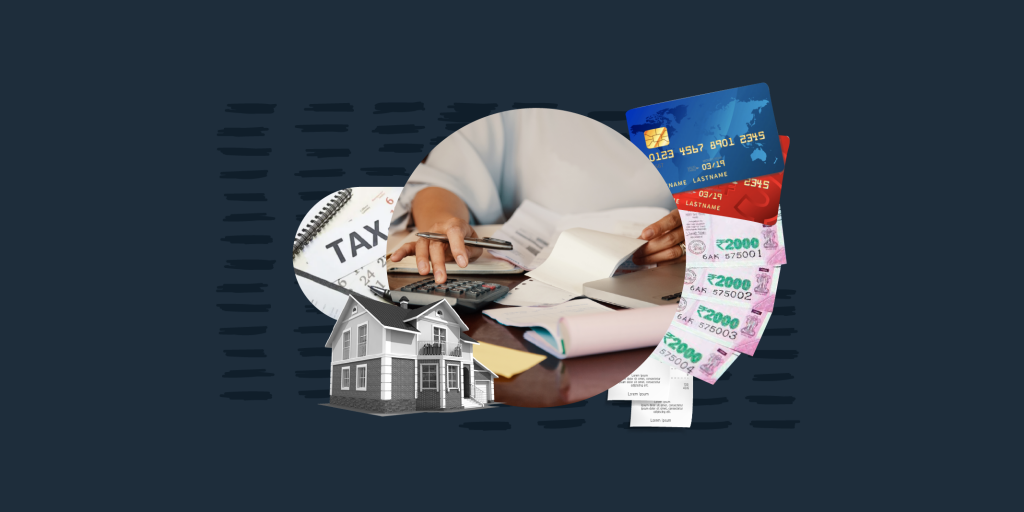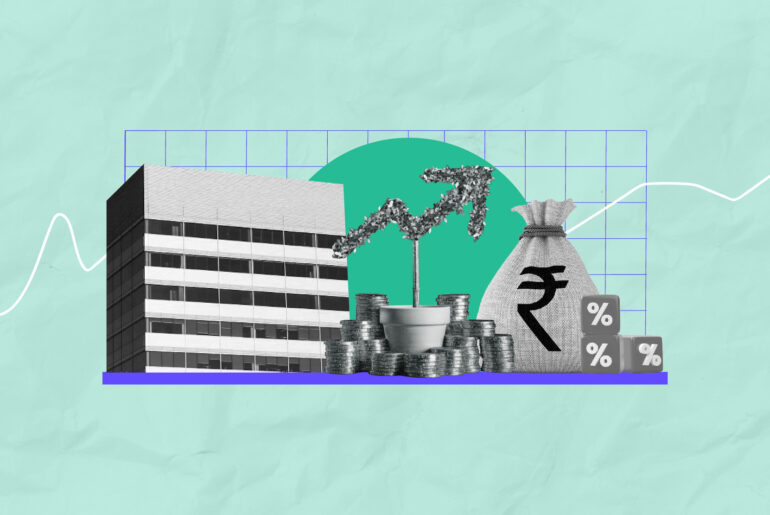Last Updated on Feb 10, 2022 by Ayushi Mishra
Your salary slip is not as plain and boring as it looks. It has vital information that can help you plan your taxes, negotiate a hike, and do much more. Your salary slip is a document that serves as proof of your employment and income.
This article covers:
Is the issuance of salary slip mandatory?
Components of your salary slip
How to check salary slip online?
Table of Contents
What is salary slip?
Also called a payslip, your salary slip is a document issued by your employer every month. It indicates the detailed salary breakdown, deductions, and tax cut at source.
Is the issuance of salary slip mandatory?
Yes, the issuance of a payslip is mandatory by law. Typically, an employer furnishes a salary slip on the day of crediting your salary or a few days later. In case your employer fails to furnish your salary slip monthly, you have the right to demand the same. Your employer may either give your salary slip in paper or digital form.
CTC meaning
Your salary is expressed as an annual figure termed as the cost to the company. This is the total amount that an employer spends on an employee in turn for the latter’s services. Now that you know what is CTC, let’s look at its components, which include:
What is gross salary?
It is the monthly salary/amount before making any deductions. Gross salary excludes EPF and gratuity.
Gross Salary = Basic pay + HRA + Other allowances
What is net salary?
Net salary is what you receive after deductions.
Net Salary = Basic Salary + HRA + Allowances – EPF – Professional tax – TDS
Components of your salary slip
There are 4 broad constituents of your salary slip:
- Income, allowances, and prerequisites
- Deductions and tax
Let us look into these 3 in detail.
1. Income, allowances, and perquisites
Your monthly salary income includes the following. Note that not all employers offer all these.
Basic pay
Basic pay constitutes 35% to 50% of your monthly salary and is the basis to calculate other components of your salary. Basic pay is usually higher at junior levels—when you are early in your career. However, other allowances tend to get higher for tenured employees. All in all, higher the basic pay, higher your allowances and taxes would be. Basic pay is fully taxable.
Dearness allowance (DA)
Dearness allowance is offered to make up for the impact of inflation on your salary. It is generally 30% to 40% of the basic pay and is ascertained based on the cost of living in a city. Offering DA is at the employer’s discretion. The amount is fully taxable.
House rent allowance (HRA)
This component is offered to employees that stay in a rented place. HRA depends on the city of residence: 50% of the basic pay for metro cities and 40% for other cities. HRA is exempt up to a certain limit if you pay rent. The exemption is the lower of:
- Annual rent paid minus 10% of basic salary plus dearness allowance, OR
- Actual HRA received
The exemption is also applicable when you own a house but you are employed in a different city.
Conveyance allowance
It is the amount that your employer pays you to travel to and from work. Conveyance allowance is exempt from tax up to a specific limit.
Medical allowance
It is the amount your employer pays to meet medical expenses when you are in employment. In order to claim medical allowance as a deduction, you are required to furnish medical bills as proof. Only then you can claim a maximum exemption of up to Rs 15,000.
Leave travel allowance
This component of the salary covers the travel expenses of an employee and their immediate family members when the former is on leave. LTA is exempted up to a certain limit but only on the submission of proof of the journey. The exemption on LTA is only applicable for 2 journeys in a block of 4 calendar years.
Special allowance
A special allowance is offered to encourage employees to perform better. It includes performance-based allowances and free meal pass and is fully taxable.
2. Deductions and tax
Your monthly salary income is subject to the following deductions:
Employee Provident Fund (EPF)
This scheme is primarily offered to help employees of the organised sector save for retirement. Both you and your employer contribute 10% to 12% of your basic pay and DA as towards your EPF.
Professional tax
This is a tax levied by the state government on individuals carrying out a profession. Only a few states including Karnataka, Maharashtra, Andhra Pradesh, West Bengal, Tamilnadu, Telangana, Gujarat, Assam, and Kerala levy professional tax.
Gratuity
Your employer deducts a portion of your monthly salary as gratuity, which is payable when you complete 5 yrs in the company.
Variable component
In addition to the fixed component of salary, you may also be entitled to receive a variable component of salary. This may be an incentive or bonus linked to your performance. It is entirely taxable.
Tax deducted at source (TDS)
TDS is the tax deducted on your salary income. It is deducted by your employer who then submits the same with the income tax department. The rate of TDS is ascertained based on the gross tax slab of an employee.
Significance of a salary slip
- A salary slip is legal proof of your employment and income. This makes it an important document to be submitted when applying for a loan, a credit card or enhancing the credit limit as it suggests your repayment ability
- A salary slip is also an important document for background checks, application of travel visa, and higher education overseas
- A payslip gives insights into your monthly remuneration and its components. These details come in handy when planning for your taxes and filing income tax returns
- New employers seek one to a few months’ salary slip as proof of last drawn salary. Based on this, you can negotiate a hike while switching jobs
- A payslip aids in ascertaining your tax outflow for the year in question and also calculate TDS returns and income tax refund
- Free and subsidy-based government schemes require you to submit salary slips
Salary slip format
There is no standard salary slip format. Each organisation can furnish salary slips in different formats. A typical salary slip, however, mentions information other than income and deductions including:
- Name of the employee
- Employee number or code
- Designation
- Bank account number
- UAN (for EPF)
- Total working days in a month
- Loss of pay
How to check salary slip online?
If your employer has an HR portal, you can head over there and view your payslip there. Alternatively, you can also download the salary slip in PDF format.
By now, you may have understood why it’s important to understand how to read a salary slip and its components. On receiving your salary slip, ensure that you check the components of your payslip with your employment agreement. Verify your income, perks, deductions, and TDS.
To make the most of your salary consider investing a portion in tax-savings avenues. This way, not only can you claim tax deductions/exemptions but also earn returns thereon.
- Alternative Investment Fund (AIF): Meaning, Types and Benefits - Apr 29, 2025
- Best Large Cap Mutual Funds in India (2025) - Apr 29, 2025
- List of Top Performing Index Funds in India (2025) - Apr 25, 2025




